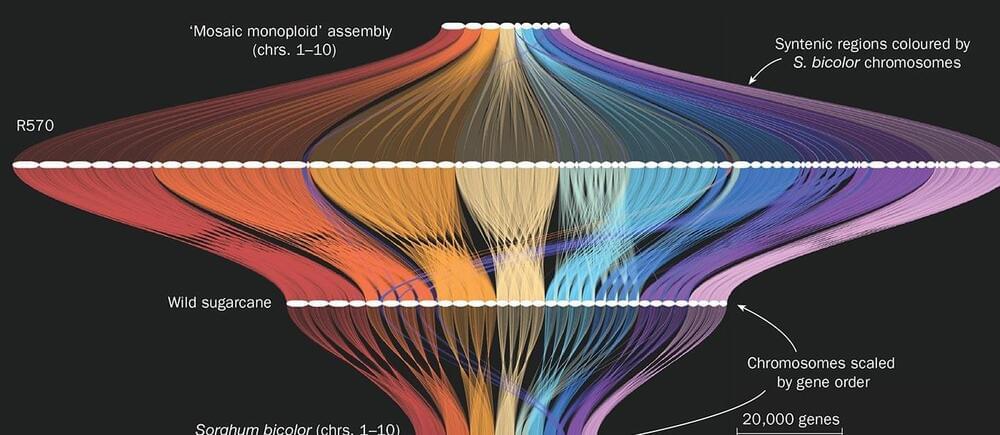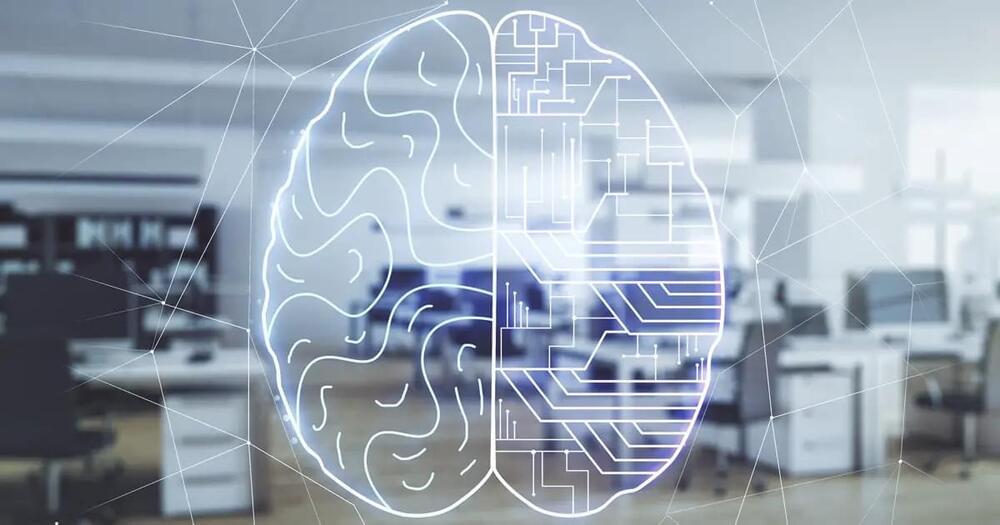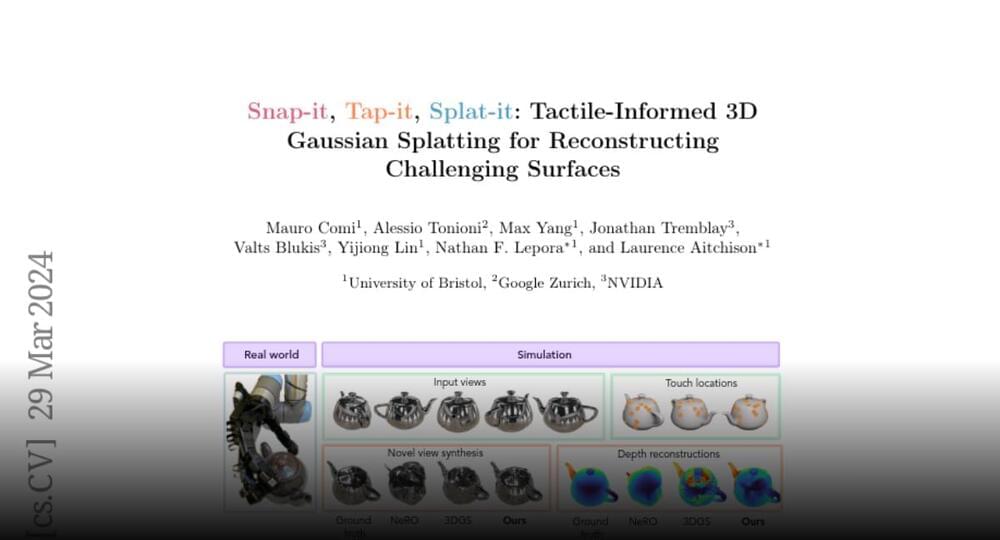Apr 1, 2024
Photonics Breakthrough: Tiny Chip Generates High-Quality Microwave Signals
Posted by Saúl Morales Rodriguéz in categories: robotics/AI, transportation
Researchers create a compact, all-optical device with the lowest microwave noise ever achieved for an integrated chip.
In a new Nature study, Columbia Engineering researchers have built a photonic chip that can produce high-quality, ultra-low-noise microwave signals using only a single laser. The compact device — a chip so small, it could fit on a sharp pencil point — results in the lowest microwave noise ever observed in an integrated photonics platform. The achievement provides a promising pathway towards small-footprint ultra-low-noise microwave generation for applications such as high-speed communication, atomic clocks, and autonomous vehicles.


















